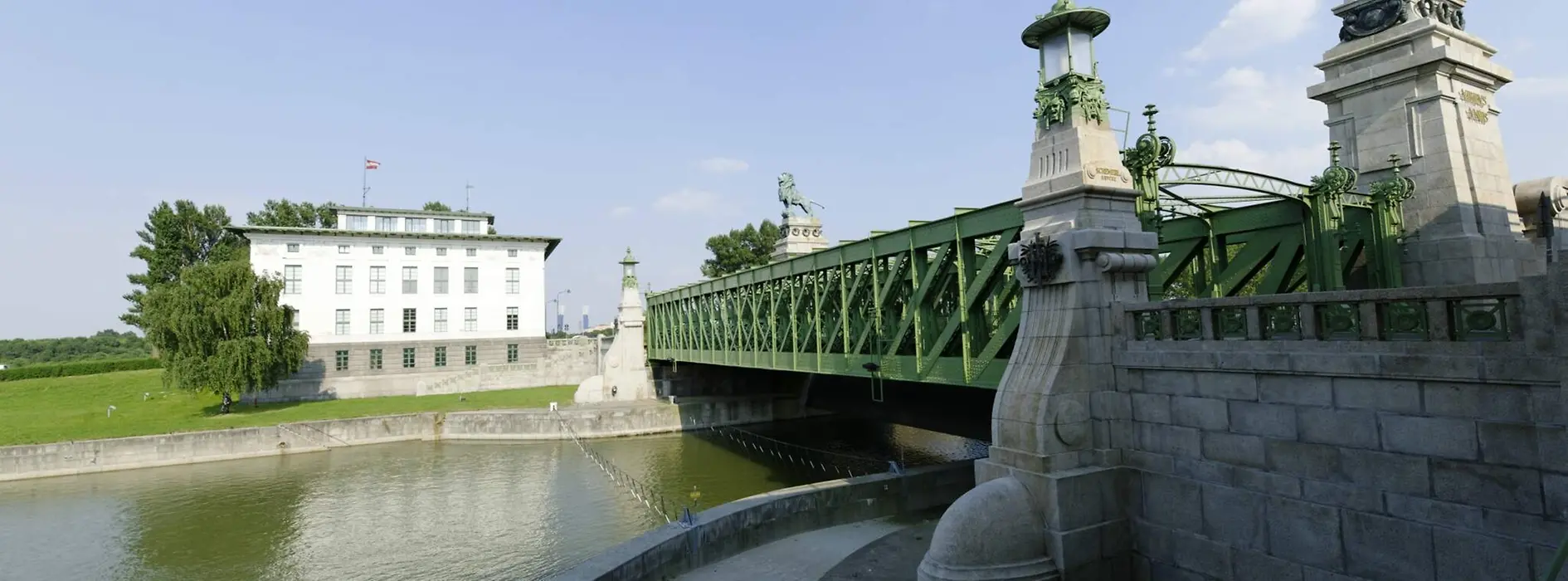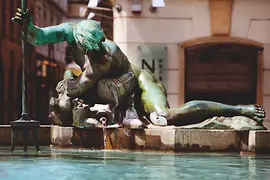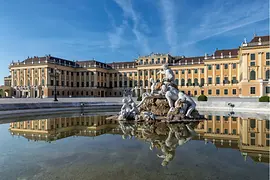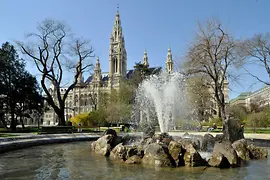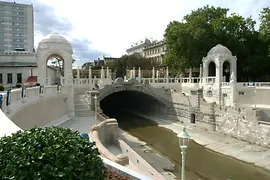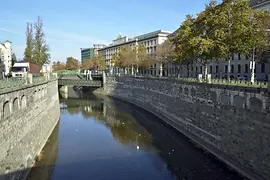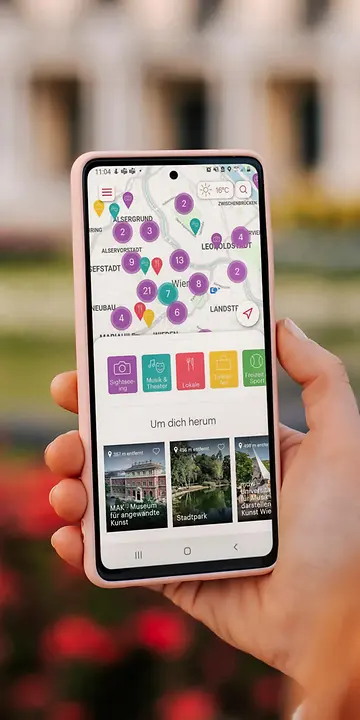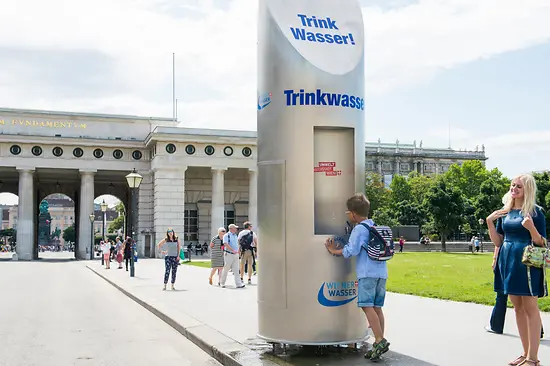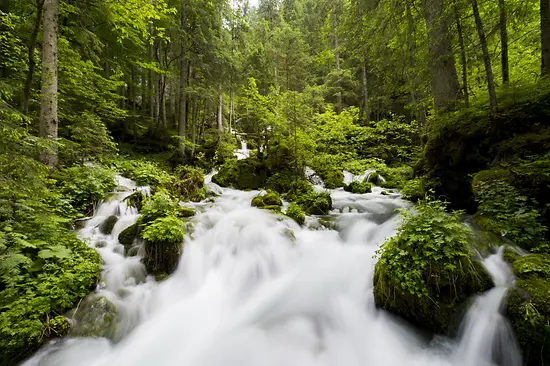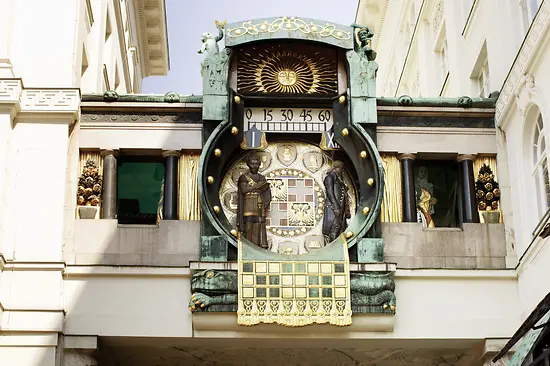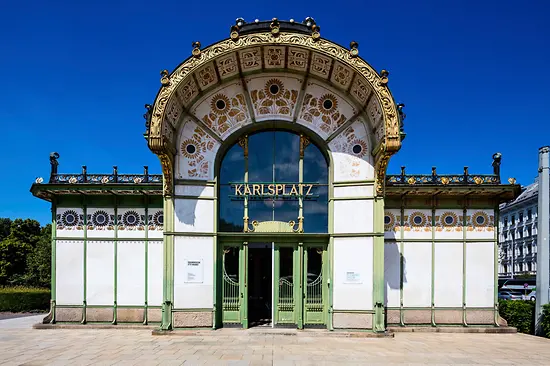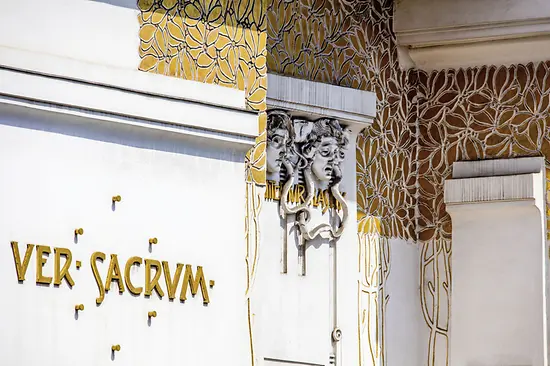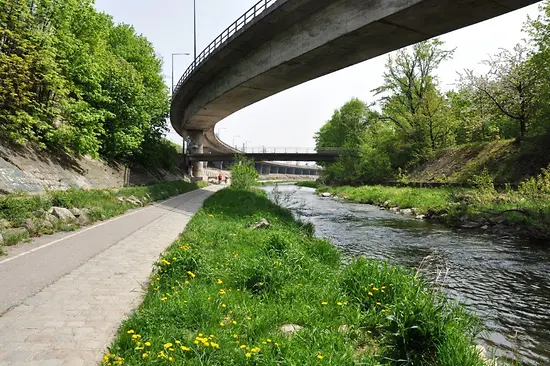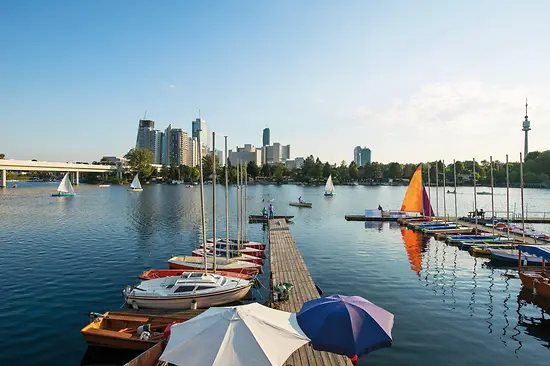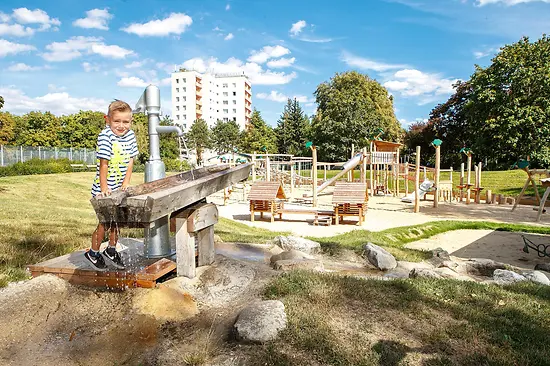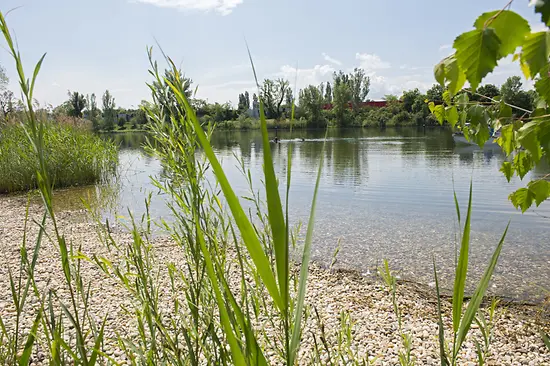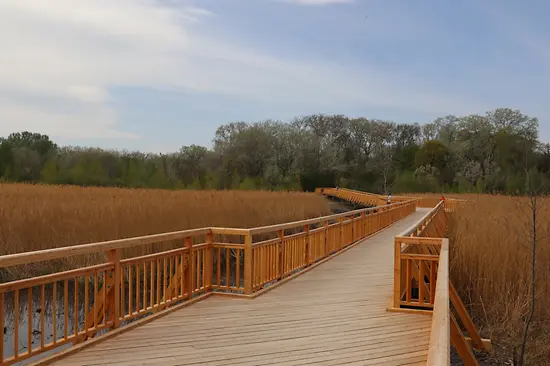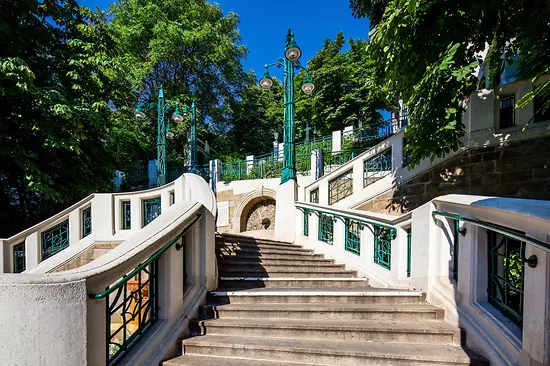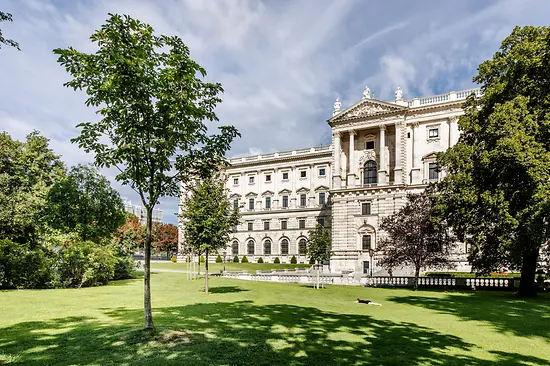Historic bridges and fountains
The Vermählungsbrunnen fountain (1729) in the Hoher Markt is one of the most important Viennese fountain monuments of the Baroque period. The present-day stone and bronze version stands in place of a wooden monument that Emperor Leopold I. had built when his son Joseph returned from the war unharmed. The Donnerbrunnen fountain (1739) on Neuer Markt also has an interesting history: the naked figures (allegories of the Danube's tributaries) were removed soon after Empress Maria Theresa established the Chastity Commission and will be exhibited in the remodeled Wien Museum from 2024. The Pallas-Athene Fountain (1902) in front of the Parliament building on the Ring shows river gods that embody the Danube, Inn, Elbe and Moldau. The Andromeda Fountain in the Old City Hall, the Austria Fountain on the Freyung and the Memorial Fountain to Empress Sisi in the Volksgarten are also worth a visit.
The nearly 1.600 drinking fountains and 55 monumental and memorial fountains are all situated on central squares and are ideal quiet points to take a pause.
As a city on the Danube, Vienna also has many bridges to offer: ten over the Danube, 32 over the Danube Canal, 40 over the Wien River, 271 U-Bahn bridges and many more. The U-Bahn developed from the metropolitan railway designed by Otto Wagner, which required the construction of several bridges. These constructions may have been built for purely technical reasons, but were designed down to the smallest detail and are therefore definitely worth seeing. They mark the cityscape of Vienna to this day. Small but mighty is the Konstantinsteg in the Vienna Prater, which was opened in 1873 and is therefore - concerning the original construction - the oldest bridge in Vienna.
Tip:
Besides architecturally impressing bridges and fountains Vienna additionally offers a lot of historic stairways.
